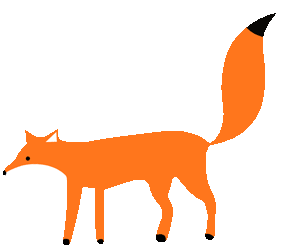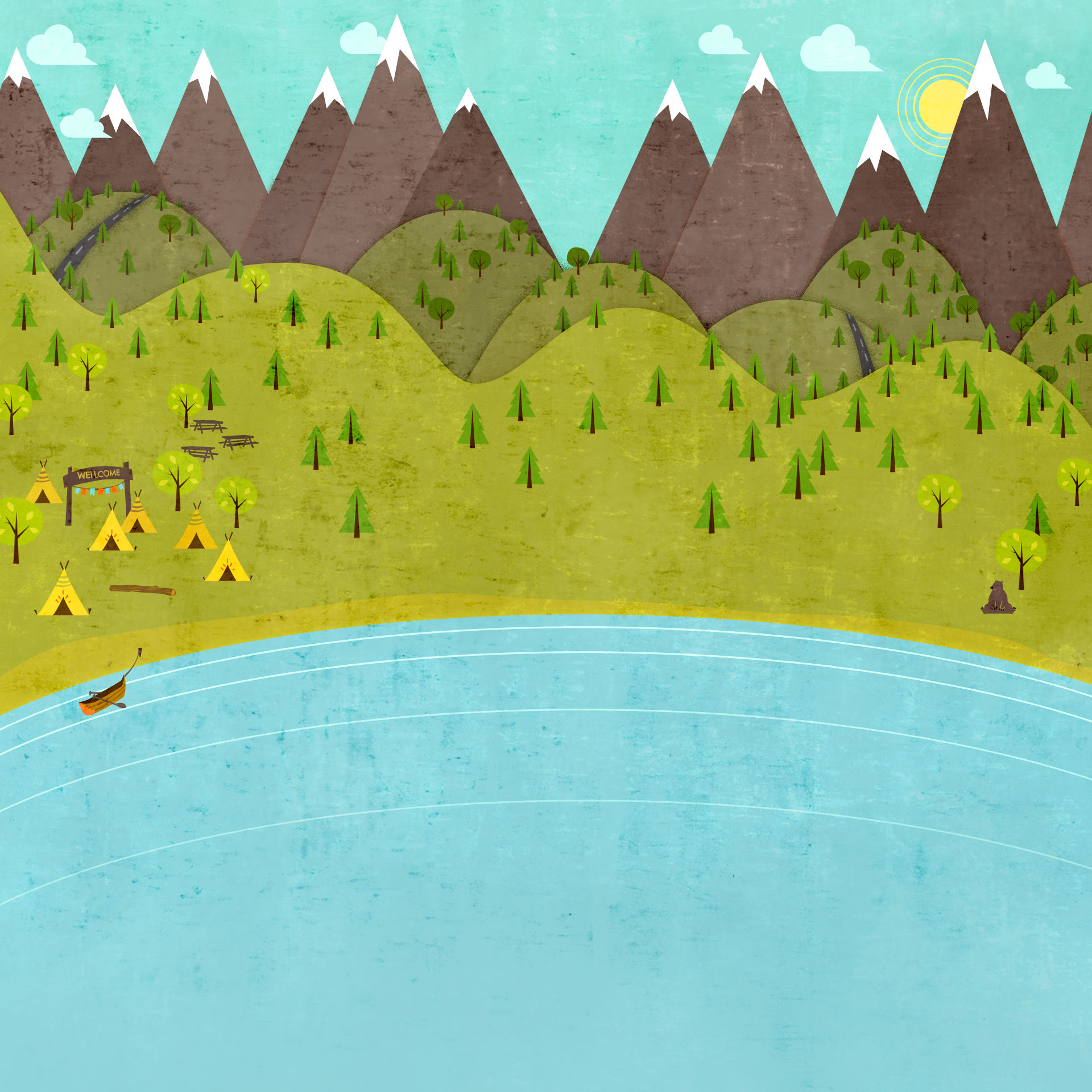
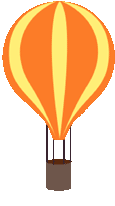
Adventure through
the History of
Educational Technology

Introducing
Analog Technology!
Think about these questions as you explore analog technology


-
How did this technology make it better to learn?
-
Is this technology used in your classroom today?
-
If not, is there something similar that is used your classroom instead?
-
If it is used in your classroom, do you like learning from it when it is used?

Task 2: Analog Technology
What is an analog device?
An analog device reads a recorded media such as a cassette tape or a video tape by scanning it. Then, it uses an electronic wave to move this recorded information known as data from one point to another.

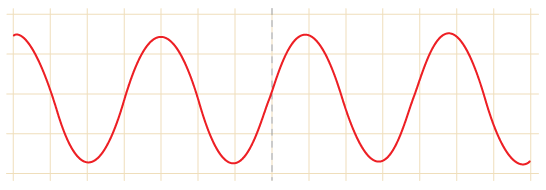
This bumpy line moving from left to right is what an analog audio recording would look like as it transmits the recorded data to play it for you!




Do you recognize any of these devices?
Keep scrolling down to learn more about them!
 Radio (1920)Radio was first used in classrooms in the mid 1920s when educational programs were broadcasted over the airwaves right to the radios in the classrooms. Radio is great because it was a very cheap source of technology and it could broadcast live and pre-recorded material . |
|---|
 Cassette Tape and Player (1964)A cassette player would read the tape and play the sounds recorded on it by winding a piece of recording tape from one reel to the other. Cassette tapes could be recorded on both sides! Lessons and book readings could be recorded and played back for students easily and at a low cost. |
 CD (1982)Compact Disks (CDs) are flat, round disks where the information is recorded. CD players read the data on CDs by using a laser from the inside of the disk to the outside. Compared to cassette tapes, CDs provided better sound quality, could hold more data, and took up less space. |
Audio books are a fun way to enjoy a story. Listen to this audio book of "Put Me in a Book!" by Robert Munsch. Follow along if you have a copy of the book!
Click on this picture
to see the slideshow and learn more about different audio technologies
used in classrooms.
What is this?

Audio Technology


 Film Strip Projector (1925)Film strip projectors were one of the first projections devices used in a classroom. It would read the images and sounds recorded on the film by winding a piece of recording tape from one reel to the other and using a light to project the images onto a wall. It was used to show educational films and the teacher could turn a knob to stop it and have discussions with the class. Most of these films would have been silent since movies with sound did not appear until 1929. |
|---|
 Overhead Projector (1963)Overhead projectors were design almost specifically for classroom use. Transparent pages were put onto the overhead projector where a light underneath the transparency will shine the image onto a mirror that reflects it through magnifying lenses to enlarges the image that is projected onto a blank screen or wall. |
 Video Cassette Tape and VCR (1956)By connecting the Video cassette player (VCR) to a television, the VCR can play the recorded sound and images on the video cassette and display them on the television. They were an improvement from filmstrip projectors. |
 DVD and DVD Player (1997)Like the VCR, the Digital Video Disc (DVD) player needed to be connected to a television to show the data on the DVD that it reads. However, DVD data was recorded on a disk instead of a tape. DVDs quickly replaced video cassettes with their better quality. |
Video Technology


Don't like being in a book? How about in a computer? Watch and learn with Ms. Frizzle's class as they set up a computer in their classroom. Then go to Task 3 and explore what digital technologies are in your own classroom.
Click on this picture
to see the slideshow and learn more about different video technologies
used in classrooms.
What is this?
Videos are also a great way to learn!


Take a trip to the library
Now that you've traveled inside a book with Hailey and inside a computer with Ms. Frizzle's class, take a trip with your own class and teacher to the library and see if you can find the answer to these questions:
-
You want to learn a new language. How many different technology can you find that will help you learn a new language? (Ask the librarian to show you any technology that you might have missed.)
-
Were any of the technology that you found the ones we learnt about in Task 2?
-
If the technology is not used, do you think they could have helped you learn a new language? Why or why not?


